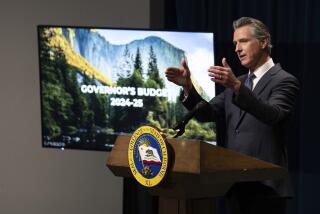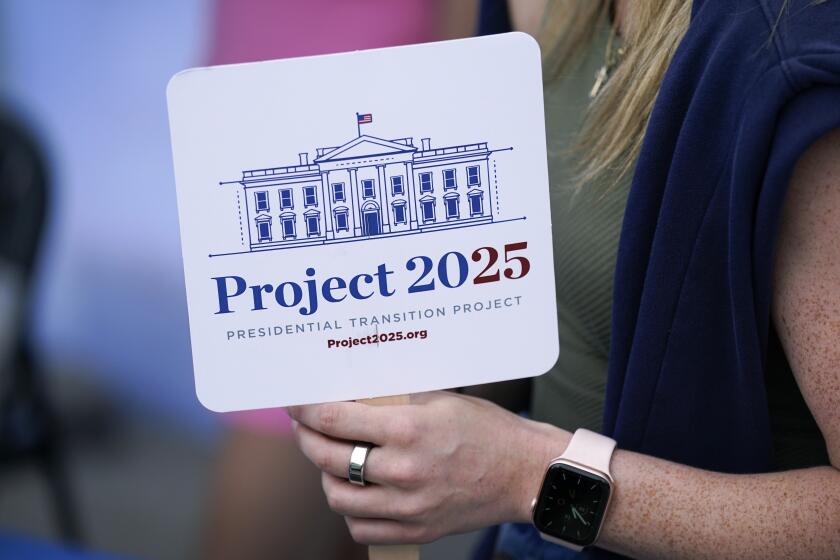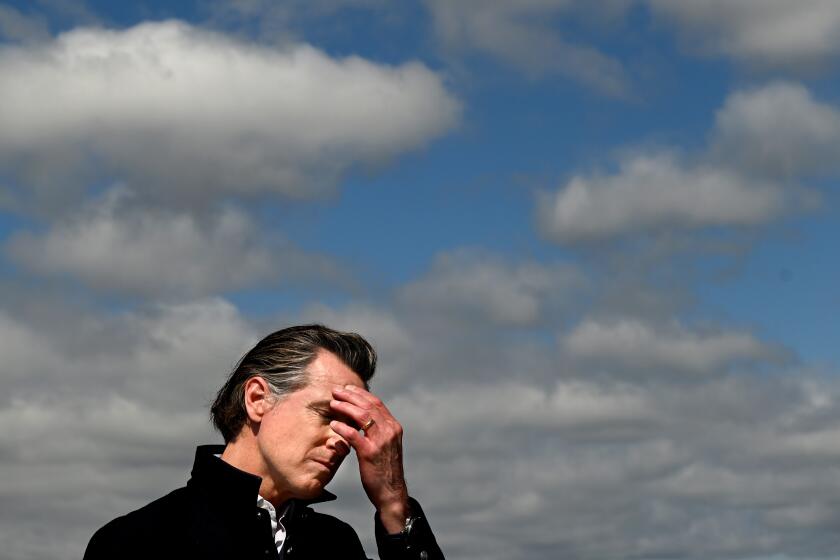Dip in Jobless Rate Leads to Cuts in Extended Benefits
- Share via
Thanks to a recent dip in the national jobless rate, unemployed workers who use up their state-administered unemployment insurance after Sunday will be eligible for less extended federal insurance.
Last year, Congress passed a $5.7-billion bill granting additional unemployment benefits of 20 weeks or 26 weeks, depending on the state in which the beneficiaries live. But the law contained a provision that ordered the duration of the additional payments reduced if the national unemployment rate averaged less than 7% over a two-month period, Labor Department spokeswoman Lori Chappell said Wednesday.
The jobless rate slipped to 6.9% in May, from 7% the three previous months, before edging back up to 7% in June. Still, the average for May and June remained below 7%.
That means that workers who exhaust their given 26 weeks of unemployment insurance--and apply for extended benefits after Sunday--will receive only an additional 10 weeks or 15 weeks, said Douglas Odo, administrator of unemployment insurance in Hawaii.
Californians--along with residents of Alaska, Puerto Rico, Rhode Island, Vermont and West Virginia--will be eligible for 15 more weeks.
In the other states and territories, the length of benefit payments will drop to 10 weeks from 20 weeks, Odo said. The number of weeks of eligibility depends on the unemployment rate in each state and territory.
However, the new law provides that if the national jobless rate climbs above 7% for two consecutive months, the extended federal benefits will return to 20 and 26 weeks.
Californians who previously had applied for extended benefits--and thus received the full 26 weeks of additional insurance--will not be affected by the changes.
More to Read
Get the L.A. Times Politics newsletter
Deeply reported insights into legislation, politics and policy from Sacramento, Washington and beyond. In your inbox twice per week.
You may occasionally receive promotional content from the Los Angeles Times.










